Jessica Merritt
Jessica Merritt
Senior Editor & Content Contributor
180 Published Articles 774 Edited Articles
Countries Visited: 4U.S. States Visited: 23
A long-time points and miles student, Jessica is the former Personal Finance Managing Editor at U.S. News and World Report and is passionate about helping consumers fund their travels for as little ca...
Edited by: Nick Ellis
Nick Ellis
Senior Editor & Content Contributor
296 Published Articles 1144 Edited Articles
Countries Visited: 35U.S. States Visited: 25
Nick’s passion for points began as a hobby and became a career. He worked for over 5 years at The Points Guy and has contributed to Business Insider and CNN. He has 14 credit cards and continues to le...
& Keri Stooksbury
Keri Stooksbury
Editor-in-Chief
74 Published Articles 3709 Edited Articles
Countries Visited: 54U.S. States Visited: 28
Editing with Upgraded Points for over 6 years, as editor-in-chief, Keri manages the editorial calendar and oversees the efforts of the editing team and over 20 content contributors, reviewing thousand...
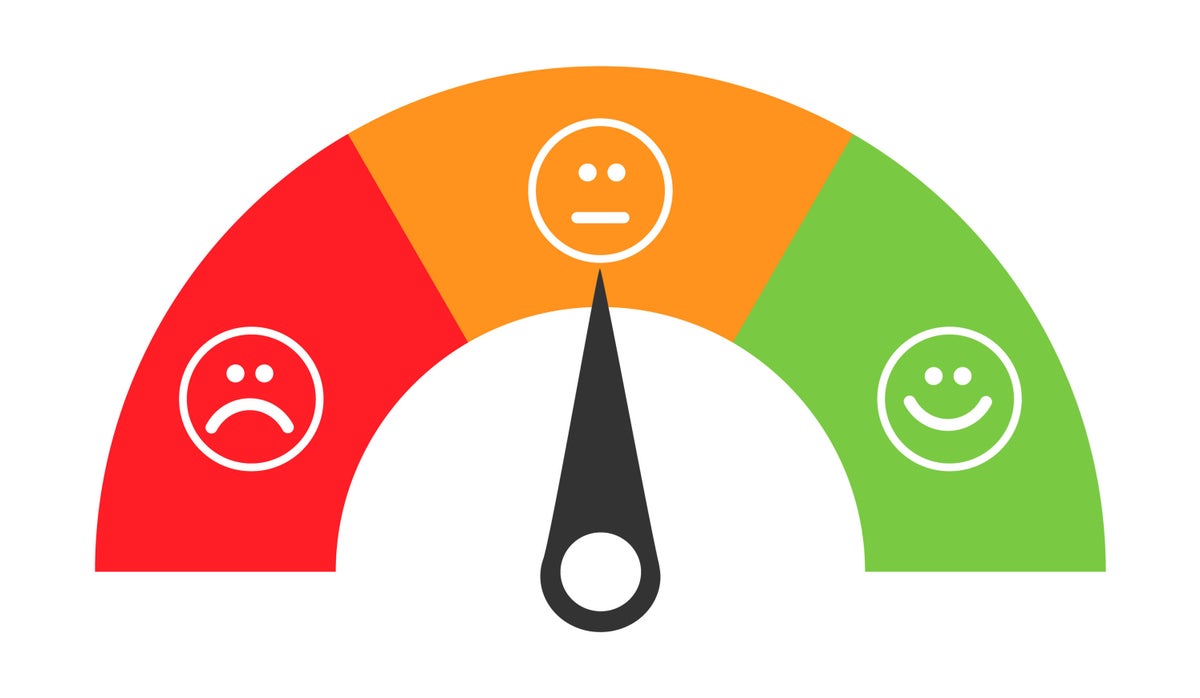
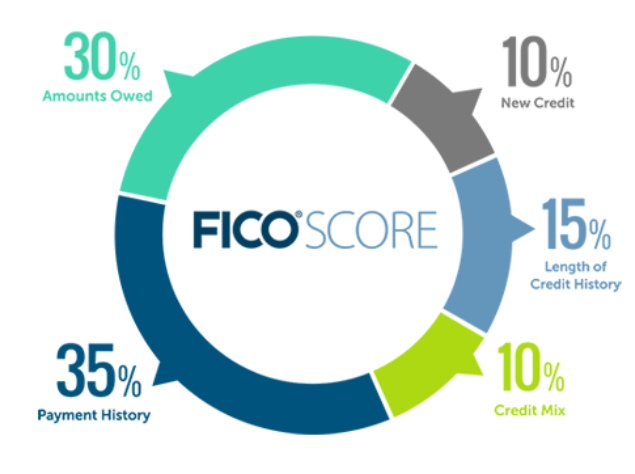
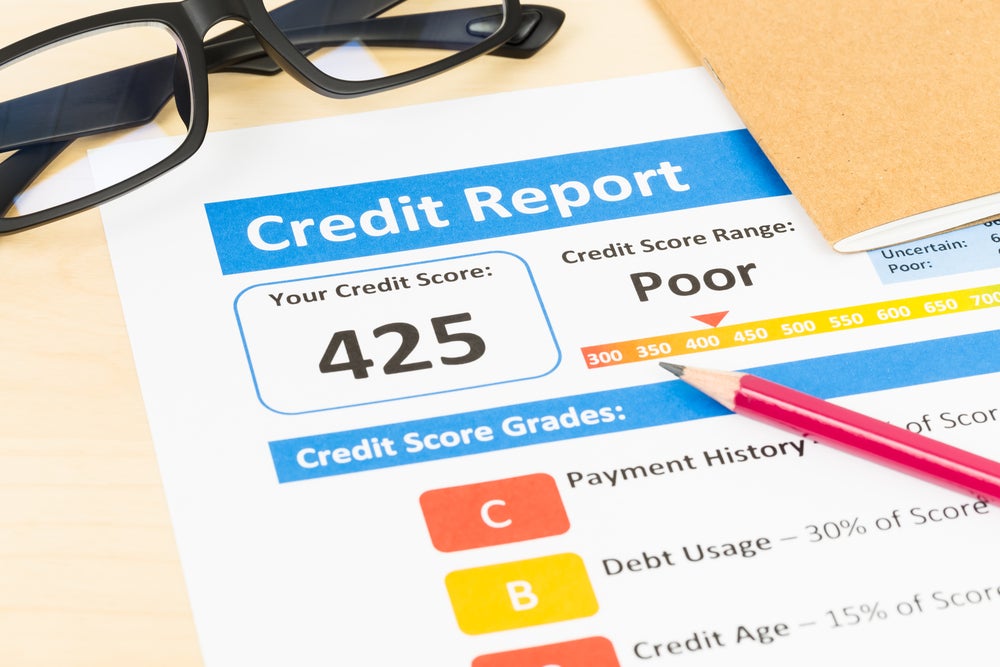
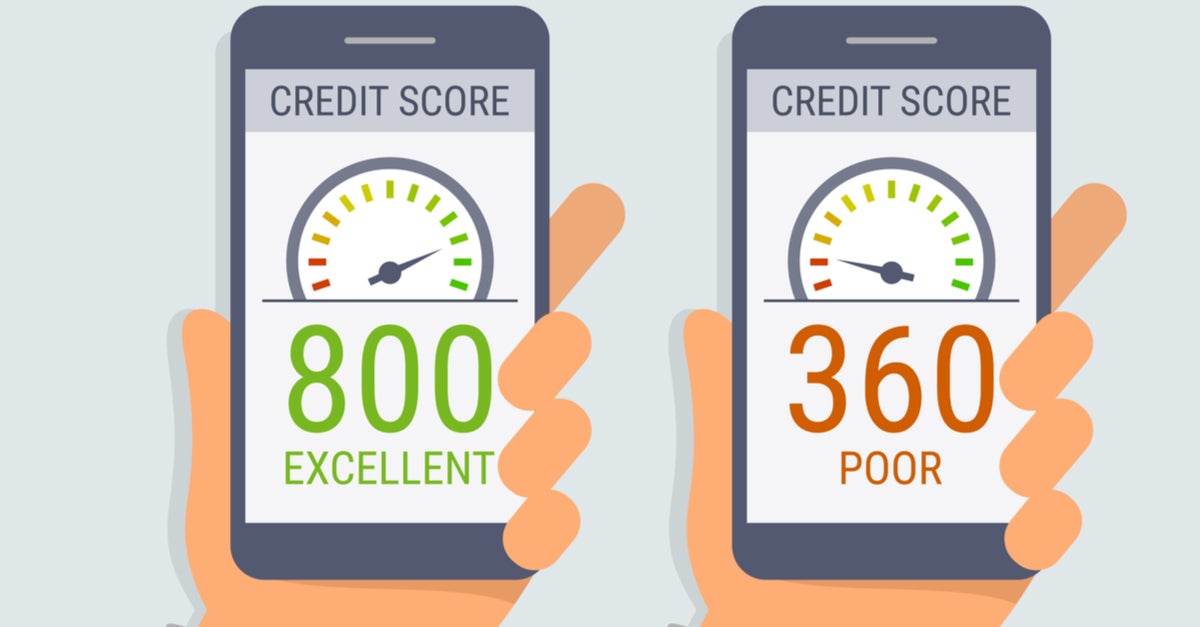

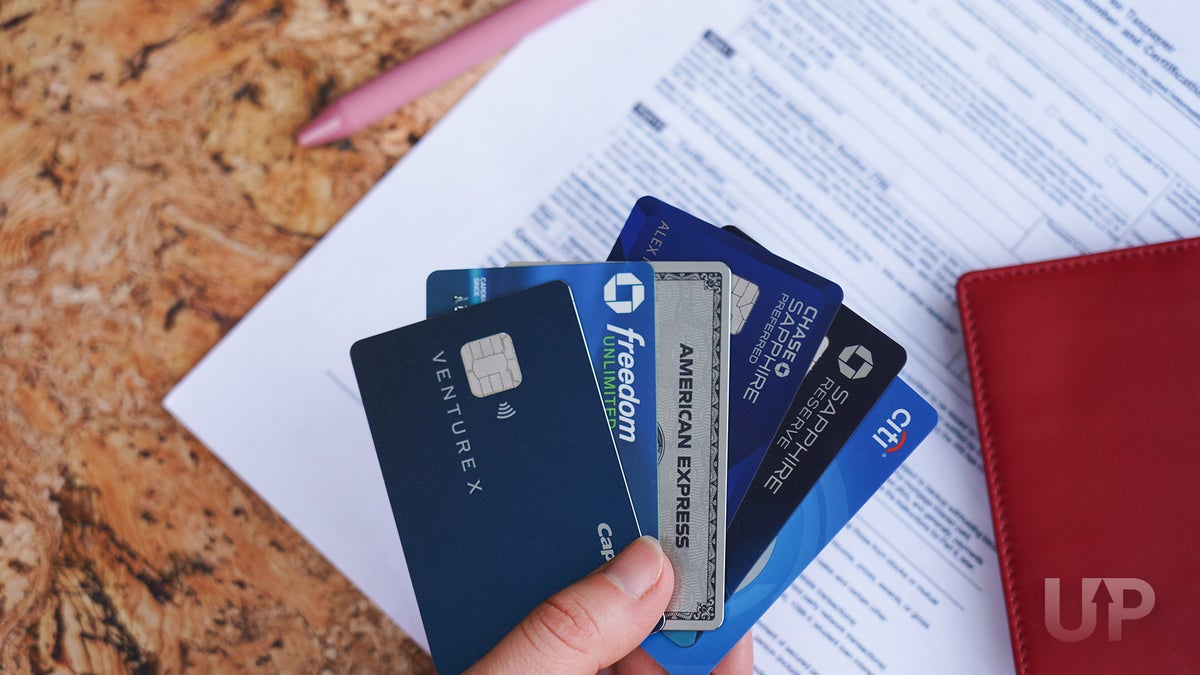
![Credit One Bank® Unsecured Visa® with Free Credit Score Access – Review [2024]](https://upgradedpoints.com/wp-content/uploads/2020/05/Credit-One-Bank-Unsecured-Free-Credit-Score.png?auto=webp&disable=upscale&width=1200)
